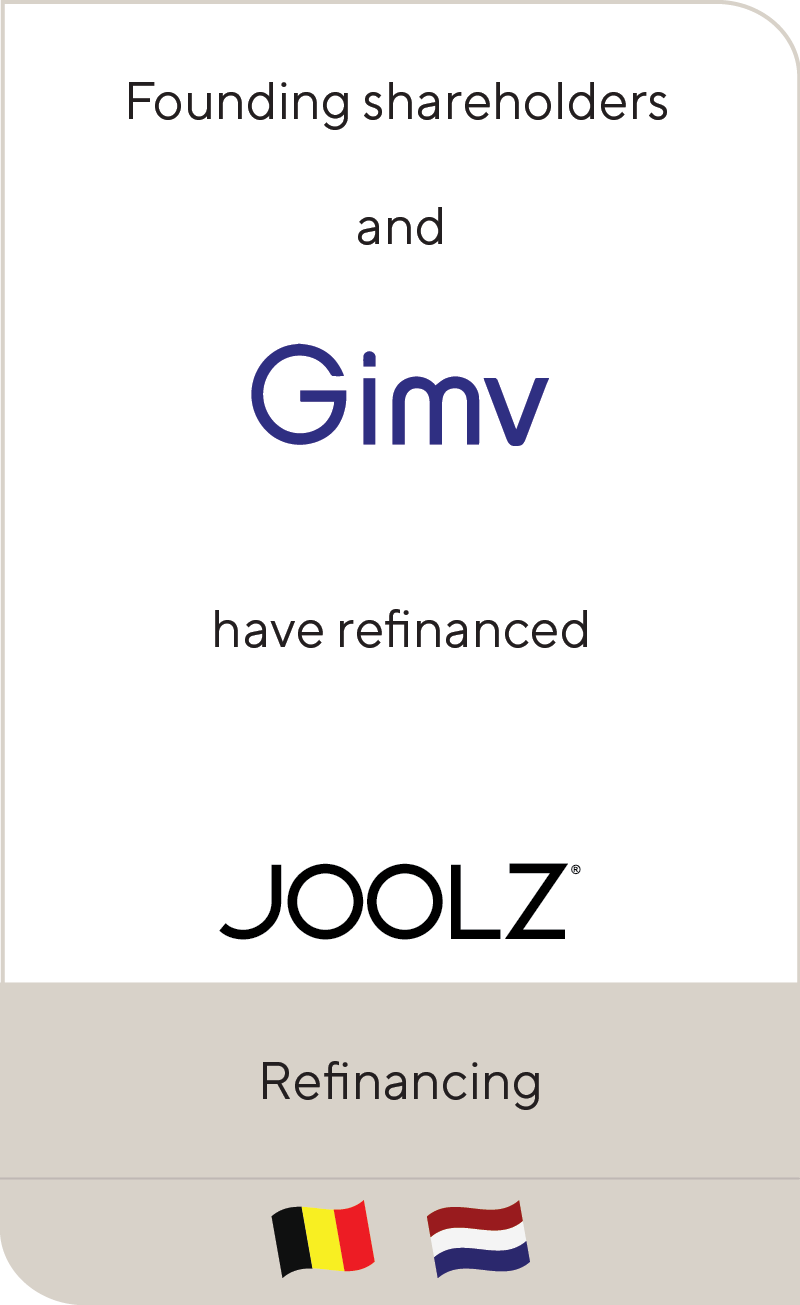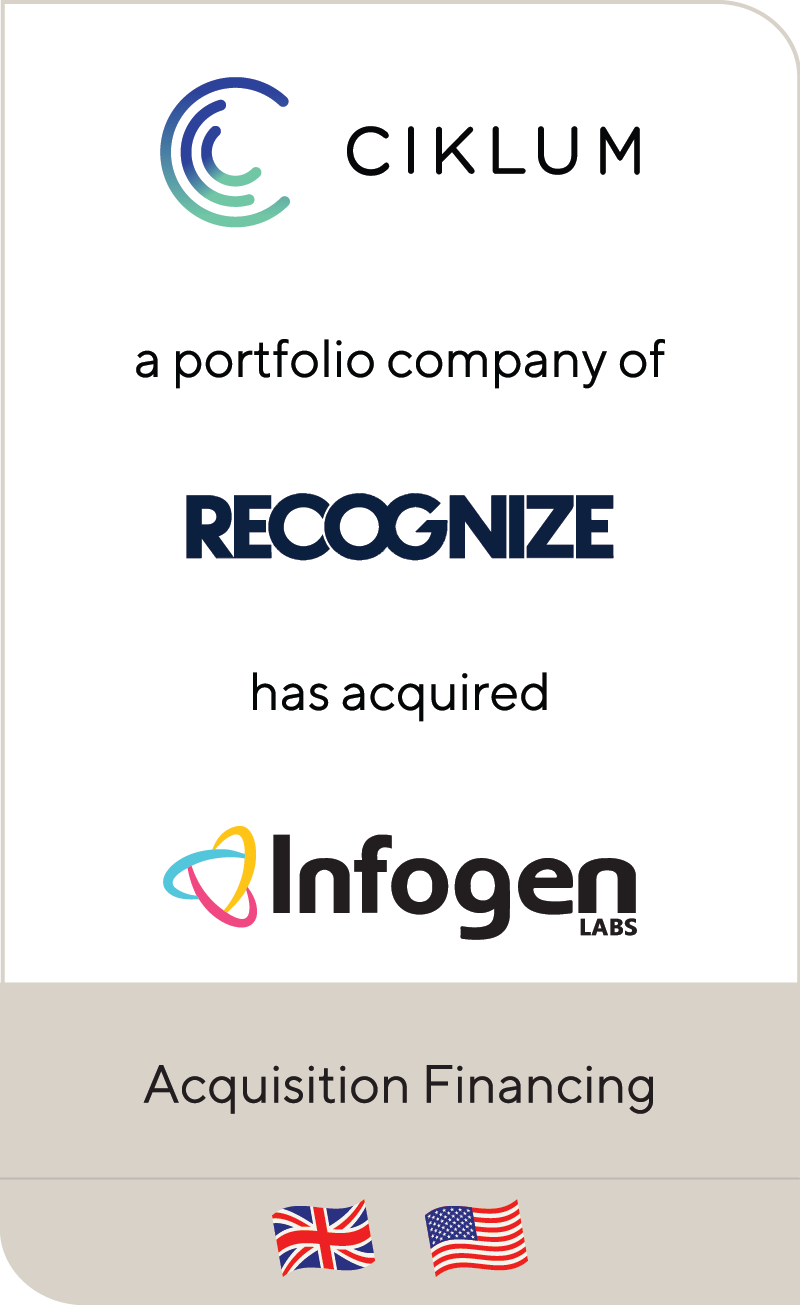Real Deals | Creativity in Cautious Times
Jul 2022
Originally published by Real Deals on July 28, 2022
How has the private lending market matured over the last few years?
Xenia Sarri: The one thing that we’ve seen continue to grow is private credit in Europe. During the pandemic, there was a short period when the syndicated loan market shut down completely and, though private credit took a bit of a pause, it continued to fund deals for the most part. Very similarly this year, when the Ukraine conflict started, there were no new syndicated loan deals in all of March. Again, private credit continued to be there – it stepped up both in terms of funding the mid-market when the commercial banks took a step back and, when the backdrop became difficult in the syndicated loan market, direct lenders continued deploying capital. Ultimately, the retrenchment of the syndicated loan markets has given private credit lenders an opportunity to play in a wider array of deals, and it’s allowed them to be more selective.
What have you seen in terms of volume & pricing in the year to date?
Sarri: When we look at the syndicated loan markets, volumes are down significantly by around over 80 per cent. Private credit is also down, and though it’s harder to get exact figures, the declines are certainly more moderate. Overall, I think it’s fair to say that private credit has done significantly better than the high yield bond and syndicated loan markets.
From a pricing point of view, the syndicated loan market has been hovering around four and a half per cent, 450 basis points, over the base rate during the last year and a half. We saw that start to creep up in March, where it crossed 500 basis points and in May, it started rising faster and we’re now almost at 700 basis points.
When you look at private credit, we’re seeing some lenders increase pricing a little bit, maybe 25 to 50 bps and this is primarily driven by relative value. Theoretically, given that this is an illiquid product, it needs to be priced at a premium to the syndicated loan market, so, we’re starting to see some pressure from LPs given where the market is.
Aude Doyen: In the mid-market, pricing is slowly going up as well. Historically, there has often been a lag for any changes to take place in mid-cap financings vs. syndicated loans and we are seeing this in 2022. Bank pricing is c.25 to 50 bps higher on the most recent deals Lincoln has advised on in the UK; as for private credit, we’re not seeing that much of a price increase yet, but in conversations lenders expect pricing to tick up in a similar way to the banks over the summer.
What have financing structures looked like in response to macro challenges, and what types of creativity and new structures are you seeing?
Sarri: When there’s uncertainty in the macro-economic environment, lenders become more cautious and financings can be harder to get done. There’s certainly a bit more creativity that is required to find a solution.
As an example, we just refinanced a business in a structurally declining sector that had underperformed recently. Given this, and the fact that existing lenders were not supportive of the asset going forward, the sponsor came to us wondering whether they had to contribute equity in order to reduce leverage. We ended up structuring the financing as an OpCo / HoldCo structure, where we brought down leverage at the operating company level and topped up with a HoldCo PIK, enabling the company to get a deal done at fairly favourable pricing and terms. In addition, instead of the sponsor having to contribute additional equity, they were able to get a dividend distribution through the HoldCo debt.
Doyen: Indeed, for more traditional or unloved sectors, sponsors and borrowers need to be open-minded around debt options. Whether they look at asset-based financing solutions against receivables, inventory, freehold property, plant & machinery or even intangible assets such as IP; preferred equity; subordinated debt either to top up leverage or as a way to fill a liquidity gap, or a different debt instrument, the assessment that sponsors and borrowers do early on in regards to what are the available solutions needs to more comprehensive now more than ever.
With these new structures, or creativity that’s been exercised by the private credit lenders, do you think it is leading to a movement further and further away from the banks in times like these, because they are not able to be as flexible and as creative?
Sarri: I would say that some banks are trying to come back a little bit and compete with the alternative lenders by raising their own private credit funds. Every few months, we hear about another example; most recently Morgan Stanley has made a number of hires, and is in the process of fundraising. HSBC and Investec have done that as well. The banks already have entrenched relationships which they can leverage to compete with the debt funds if they can be a bit more creative and flexible in their underwriting approach.
Doyen: Other banks are also expanding their credit offerings. For example, Barclays has a special sits team that invests specifically in special situations deals; so banks are not necessarily fighting back just for straightforward senior or unitranche financings, they can also go further down the credit spectrum, being able to invest on a subordinated basis for instance.
With a possible recession, how are you seeing market caution playing out across different sectors and is it possible to still secure financing for businesses?
Sarri: For certain sectors it’s more difficult to secure financing than others. For example, anything exposed to discretionary consumer and retail can be challenging. They can get deals done, but they will be more conservatively structured and they’ll also need to look beyond vanilla cashflow financing. We’re currently in the market with three assets that have Covid impacted credits, one in retail, another in hospitality and the third in aerospace, and with all three of those we’re prioritising an asset-backed solution. This goes back to the point that you just need to be a bit more creative to get deals done.
Doyen: ‘Mainstream’ unitranche funds who tend to be binary in their credit assessment are not expected to be the go-to solution in a challenging environment for borrowers exposed to the economic cycle. However, I expect private credit solutions will continue to be available, provided by different credit funds or strategies with a different risk/reward profile.
What lessons or parallels can we take from 2008 to give us an indication of future performance?
Doyen: If you look at what happened in the GFC, being patient and having a long- term view effectively saved the day and that was a key takeaway. Structurally, the market is better armed in 2022, with more robust banks, and the availability of private credit as long-term committed funds.
Sarri: I started my career in leveraged finance right before the GFC and I think what proved to be the case following the crisis is that senior secured loans is a robust investment class, and the recovery rates, even for the businesses that did default, were strong.
Summary
-
Xenia Sarri and Aude Doyen, Managing Directors at Lincoln International, are featured in the latest Real Deals magazine where they discuss on debt providers and their creative and dynamic solutions in the current macro environment.
- Sign up to receive Lincoln's perspectives
Contributors

I build trust with clients by putting their interests first at all times.
Aude Doyen
Managing Director & European Co-head of Capital Advisory
LondonMeet Professionals with Complementary Expertise

By linking my experience in debt advisory and mergers and acquisitions, I look forward to delivering flexible and innovative financing solutions to make an impact that matters with long-term target clients, as Lincoln does best.
Daniele Candiani
Managing Director & European Co-head of Capital Advisory
Milan
I build trust with clients by putting their interests first at all times.
Aude Doyen
Managing Director & European Co-head of Capital Advisory
London
I strive to be a strong advocate for my clients and offer a fresh and creative perspective to financing situations that exceed expectations and provide the flexibility needed to grow their businesses.
Christine Tiseo
Managing Director & U.S. Co-head of Capital Advisory
ChicagoRelated Perspectives

Real Deals | Roundtable: Mid-Market Debt Open for Business
Originally posted by Real Deals on July 17, 2024. Dividend recaps are being considered as an interim solution to deliver capital to limited partners due to fewer exits and improving… Read More

Pitchbook | Private Credit Borrowers Turn to Structured Capital, PIK with Debt Costs on the Rise
Originally posted by Pitchbook on February 27, 2023. Borrowers are navigating higher interest rates and input costs while earnings are slowing in many cases, and lenders are hesitant to add… Read More

Lending Opportunities Abound for PE Investments in Digital Infrastructure
COVID-19 flipped the script on infrastructure investments. Lockdowns and travel restrictions have proven certain traditional infrastructure assets, like airports and public transportation hubs, are not always as low-risk an investment… Read More

Webinar | Software and the Rise of ARR-based Financings
On Tuesday, April 5, 2022, Lincoln International hosted experts from the firm’s U.S. and European Capital Advisory, Valuations and M&A Groups for a webinar to discuss the latest trends in… Read More

















